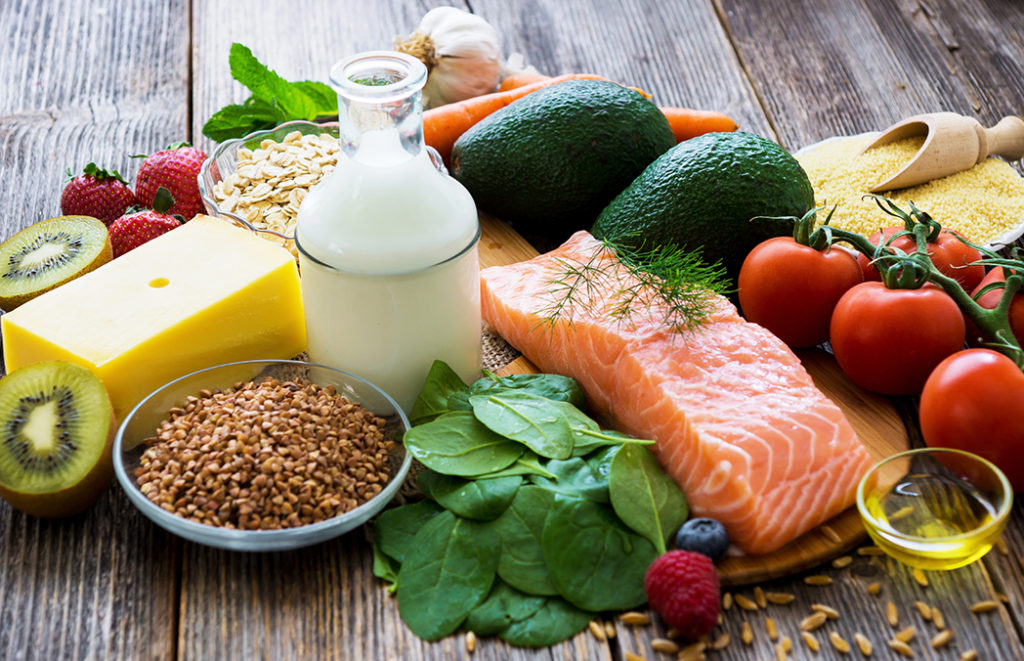If an exclusively organic diet is not in your budget, don’t stress. There are ways for you to stretch your dollar, buy organic when it matters most, and still eat healthy.
When selecting fruits and vegetables, spend your money buying organic versions of produce on the “Dirty Dozen” list. These items contain the highest chemical residues, and buying organic will limit your exposure to harmful pesticides and herbicides.
Dirty Dozen – Buy organic when possible:
- peaches
- apples
- imported grapes
- nectarines
- pears
- strawberries
- cherries
- kale
- lettuce
- sweet bell peppers
- celery
- carrots
In addition to the Dirty Dozen, experts have designated the “Clean 15” list, consisting of produce with the lowest chemical exposures. Purchasing conventionally grown versions of the Clean 15, instead of more expensive organic versions, can save you money without drastically increasing your exposure to harmful chemicals.
Clean 15 – Buy conventionally grown:
- onions
- sweet corn
- asparagus
- sweet peas
- cabbage
- eggplant
- papaya
- broccoli
- tomato
- sweet potatoes
- pineapple
- avocado
- mango
- watermelon
While organic meat and dairy contain higher levels of beneficial fatty acids and no hormones or antibiotics, the 100% markup in cost can be difficult to swallow. If your goal is to lose weight, eat healthy, and reduce your risk for heart disease, switch to nonfat dairy and lean meats and reduce portion sizes before making the expensive switch to organic products.
By focusing your shopping dollars on only buying organic for certain produce and the occasional splurge on beef or poultry, you can easily manage your health while keeping your budget balanced.







